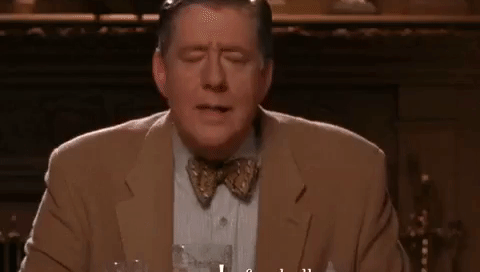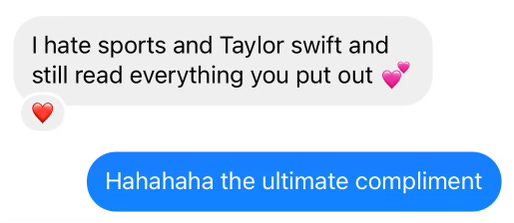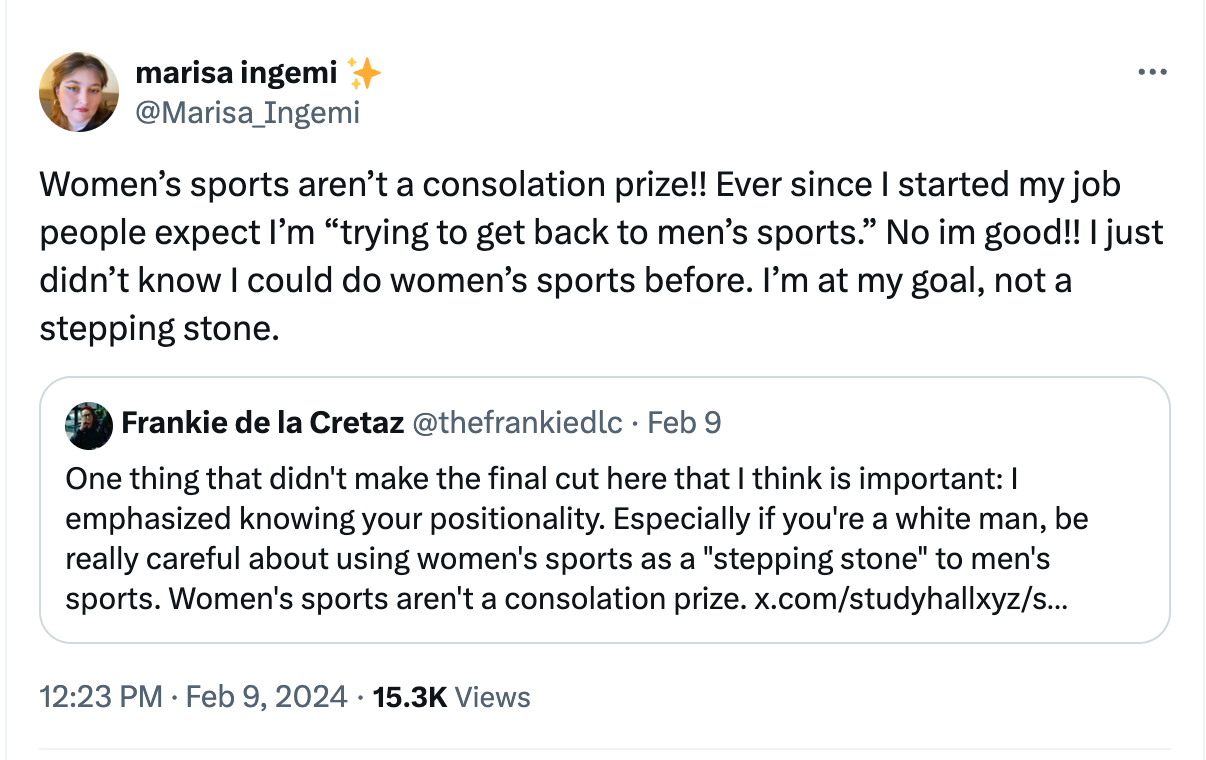Omg we did it Joe! We hit 1,000 subscribers this weekend! Thank you so much for being here. Please consider becoming a paid subscriber of this newsletter, which you can do below. I have so many cool things coming up and paid subscriptions here allow me to focus on creating this content without having to hustle so hard on the freelance market.
I’m still in the process of moving off Substack; if you want to pay for a subscription but don’t want to give money to Substack, feel free to use my Venmo or PayPal. Just reply to this email and let me know you’ve sent it so I can add your email to my paid list!
If this post is too long to read in your email, you can click the link to view it in your browser.
I was recently interviewed for Study Hall’s blog about how to break into sports journalism (Study Hall is a community and resource for freelancers). If I was to give my honest answer, I would say, “don’t” or “I truly don’t know anymore.”
Journalism itself is in decline but sports journalism sometimes feel like it’s been hit particularly hard (
on publicly funded journalism is worth your time). When I first started freelancing, it felt like there were so many places I could pitch sports stories that were too “sports-y” for mainstream publications: places like VICE Sports (RIP), Deadspin (only Zombie Deadspin remains, though Defector has risen in its place), SB Nation (which still exists but gutted its editorial staff and budget years ago), Sports Illustrated (first the AI scandal and then laying off most of its staff), and more. Most of those places have either shuttered or are shells of their former selves. The NFL is considering buying a stake in ESPN, which itself isn’t the bastion of journalism it used to be, either.I have texted so many of my sportswriter friends over the last two years or so saying something along the lines of, “I have a really great story but I have no idea where to send it.” One of the strengths of the beat that I have carved out for myself is that my lens goes beyond sports, and I really do consider myself a sportswriter who writes stories for people who think they don’t care about sports.
It’s what makes me successful, and what has allowed me to be a sportswriter when so much sports writing is produced by staffers or beat reporters.
“When starting out, you may be tempted to chime in with your own take of the latest NBA scandal or recap of what’s going on with Travis Kelce,” Daniel Spielberger wrote at Study Hall. “However, trending topics are already being written about by an outlet’s in-house reporters.”
This strength of mine is also sometimes what hinders me. Because I find that editors place my work in this sort of gray area: sports publications don’t commission me because they view me as a “women’s interest” writer; women’s publications don’t commission me because they (imo wrongly) assume their audience isn’t interested in sports. While that means that my work gets spread around, it also means that most publications are only going to take a story from me once every six months or so, preventing me from establishing regular, ongoing workflows with any one outlet.
And as I have fewer and fewer fallback places for sports stories, I find myself increasingly at a loss for what to do. It’s also why I’ve turned to this newsletter—I needed a place I could write the stories that no outlets would take. I’ve always been someone who has gotten creative with who I would pitch my work to—for example, I’ve written three sports stories for the New York Times and none of them have run in the sports section. I wrote about the increase in girls playing youth football for NYT Well because it was about youth sports and brain injury risk; I wrote about Jumbotron proposals for the Vows section; and I wrote about the way WNBA players are reclaiming queer and gender-diverse aesthetics for the opinion section.
“If you think outside of the box in terms of who you’re submitting sports stories to, they’re not going to be as saturated either and they might be much more willing to pick up a story that has a sports bent because it’s not something their section is usually covering,” I told Study Hall.
Freelancers have to be creative—staff writers are already going to be covering the mainstream news or popular or obvious stories. As I told Study Hall, “aspiring freelance sports journalists should ‘look for the smaller stories’ and ‘things that are more niche’ and ‘underreported.’”
However, I also mentioned something else that didn’t make the cut and I think is incredibly important. Especially for (cishet white) men trying to break into sports journalism, they need to be very aware of their positionality (though that’s true for all journalists; for example, I’m a white journalist who often covers the WNBA, a predominantly Black league. I am careful to know which stories aren’t mine to touch, and I try to think about how my whiteness contributes to the lens I write from). It’s all-too-common for women’s sports to be positioned as a “stepping stone” to men’s sports.
Women’s sports aren’t a consolation prize. They deserve to be covered by journalists who value them and don’t see them as a means to an end or a path to something better. For some of us, women’s sports are the goal. And it’s really gross when men enter the field and break in using the lower barriers to access that women’s leagues have, only to eventually leverage it to a career covering Tom Brady or whatever.
But I digress. My advice to aspiring sports freelancers is to potentially reconsider what you want to do with your life and I wish I felt less bleak about the whole thing.
Links and things
Keep reading with a 7-day free trial
Subscribe to Out of Your League to keep reading this post and get 7 days of free access to the full post archives.







